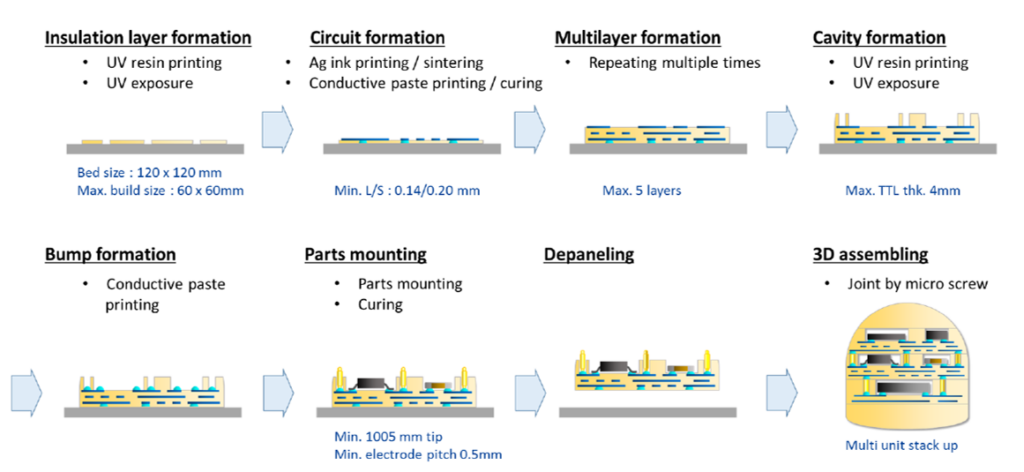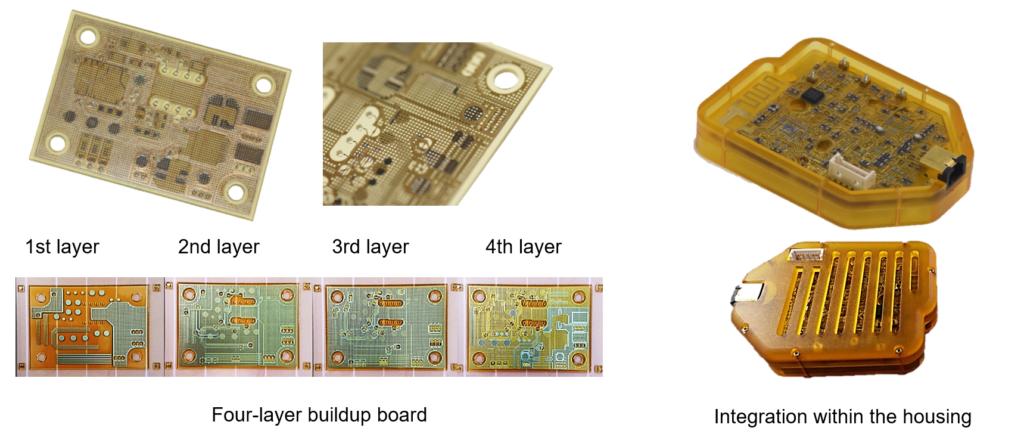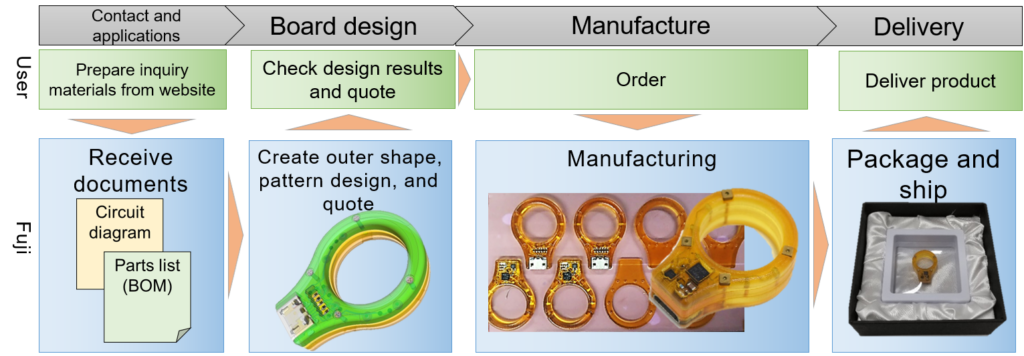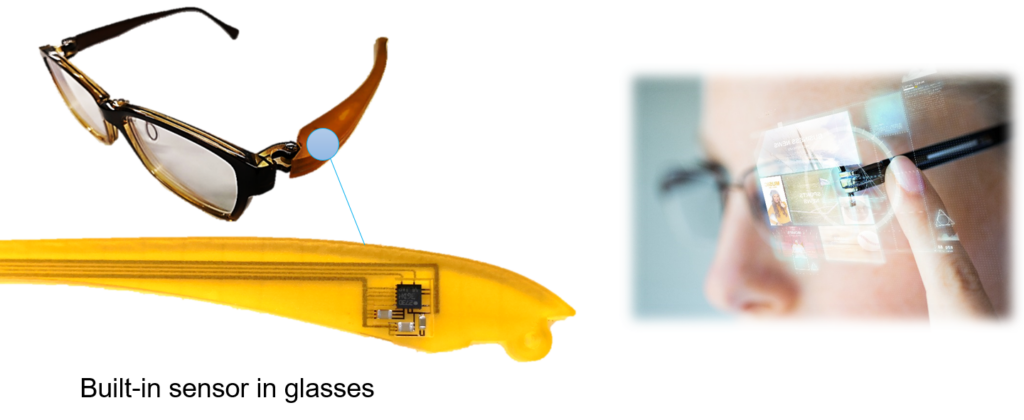While the rest of the additive manufacturing (AM) industry is focused on the potential merger between Stratasys (Nasdaq: SSYS) and Desktop Metal (NYSE: DM), the exciting world of electronics 3D printing is making steady progress toward becoming one of the most revolutionary areas for the sector. This is demonstrated in part by the evolution of the additively manufactured electronics (AME) consortium J.A.M.E.S. GmbH. The group, which aims to advance AME through mutual collaboration between members, recently signed its newest member, Fuji Corporation, which released an electronics 3D printer in 2021.
Not to be confused with Fujifilm, which has mostly danced on the outskirts of the 3D printing industry, Fuji Corporation is a Japanese machine tool and robotics manufacturer. The company makes a wide variety of manufacturing systems, ranging from lathes to automated, multi-faceted modular equipment for complex machining with up to 70 different tools. It also manufactures machines for electronics assembly, including pick-and-place and other surface mount technologies.

With these business areas in mind, it’s not entirely surprising that the company has its own electronics 3D printer, the FPM-Trinity. The system works by depositing and curing photopolymer resin before applying and sintering silver ink and placing additional electronic components. While it is capable of creating entire functioning circuit boards in a single job, it is not yet at the level of then automatically assembling them into multi-layered boards.

Like most electronics 3D printer manufacturers, the technology is currently marketed for prototyping and low-volume production. The printer is still under development, but Fuji offers electronics 3D printing as a service. As the system is made market-ready, Fuji aims to fully commercialize it as a product itself.

For its part, J.A.M.E.S. has established an online community for manufacturers and users to communicate in real-time as a means of advancing AME more quickly. By joining the consortium, Fuji will be able to promote the use of FPM-Trinity while obtaining feedback from users.
The electronics 3D printing industry is still quite nascent, but there are inklings that its use may be more widespread than is made public. Optomec’s Aerosol Jet technology has been used to 3D print antennas onto millions of mobile devices. Customers include Apple, Google, Meta, and Samsung, who have likely acquired electronics 3D printers from nearly every other manufacturer, such as Voltera, nScrypt, Nano Dimension, and Neotech.

Back when it was Facebook, Meta purchased a startup devoted to 3D printing electronics and brought Luxexcel into the fold at the end of last year, ostensibly to produce prescription smart glasses or mixed reality headsets. Apple will be unveiling its first mixed reality headset next week. For a company like Apple to release what has previously been a cumbersome, niche technology, surely it has had to reduce the form factor and weight of the device. The best way to do something like that would be to incorporate electronics directly into the unique geometries of the headset—i.e., use 3D printing. So, while Fuji and J.A.M.E.S. are only now beginning to accelerate the adoption of AME, it may be that, after this year, the once-small sector will explode.
Images courtesy of Fuji Corporation.
Subscribe to Our Email Newsletter
Stay up-to-date on all the latest news from the 3D printing industry and receive information and offers from third party vendors.
You May Also Like
NSF Awards Kentucky $1M for Advanced Manufacturing
The National Science Foundation has awarded a $1 million grant to the University of Louisville for the Advancing Manufacturing and Building Construction Technologies (NSF AMT) project. This initiative is part...
3D Printing News Briefs, May 11, 2024: 3D Printed Stent, Tower, Sculptures, & More
We’re starting off with medical research in today’s 3D Printing News Briefs, as researchers in Korea used CT images and 3D printing to fabricate an educational simulator for a mastoidectomy....
3D Printing Unpeeled: Wind Turbines, Probiotics and Lenses
TPI Composites, ORNL and Ingersoll Rand are working to make wind turbine tooling segments that can be 18.3 meters long. These elements also include resistive wires that help keep the...
Tethon 3D Releases Cost-effective Bioprinter
Tethon 3D, known for its ceramic-loaded DLP materials, custom resins, and DLP 3D printers, has recently released a bioprinter. Vat polymerization printers like DLP systems have been widely used by...
































